|
Advertisement
|
💛
Krur

DescriptionA manqala game. From Wikimanqala: Krur (crur) is a game is played by Hassaniya (Moor) people. They are a mix of Arab Beduins and Tamazigh (Berber). Their language is mostly an Arab dialect with a strong Tamazigh influence. Rules: The board is made of two rows of four holes. Each player controls the holes on his side of the board. Usually you don't play just a game, but a match. Game DiscussionsAdd CommentYou need to be logged in to comment. Insert Bullet List Please enter at least one item. Item: Item: Item: Item: Item: Insert Numeric List Please enter at least one item. Item: Item: Item: Item: Item: Insert Link Please enter the link of the website Optionally you can add display text Insert Email Please enter the email address Optionally add any display text Insert Image Please enter the link of the image Insert YouTube Video Please enter the link of the video MarketplaceNo listings at the moment. Do you own this game? Click here to list it for sale.
|
Best Sellers
Board Games
|
||||
Latest Searches: money | hearthstone | Riverside | rummy cube | songburst 50 | mage wars | Six cubes | erasta | cafe | Bridge buster | Kansas city chiefs monopoly | Tractor ipoly | descen journeys in the dark | dos trios | Trivia Crack TrviaCrack Board Game | Josh | kansas city chirfs | death guard | Memory Madness | aeropoly | rules for exposure | multiple games in one box | Drixit | card+body+to+body | Currently unavailable We dont know when or if this item will be back in stock | cubeclimbers | Power ranger yellow | rocket pie in the face | Inverness Monopoly | ants board game
All Rights Reserved


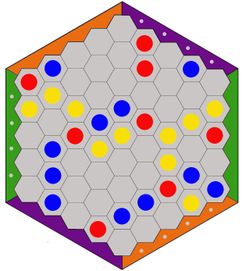
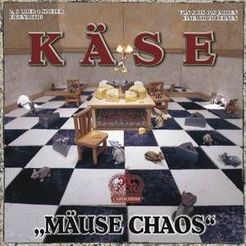
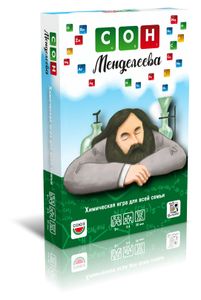

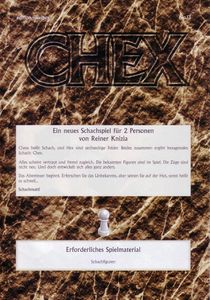


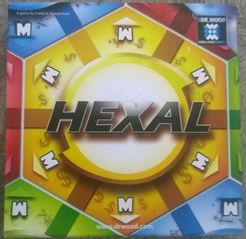
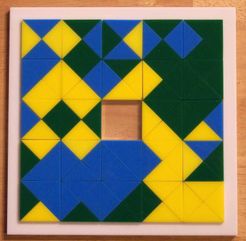
Comments (0)